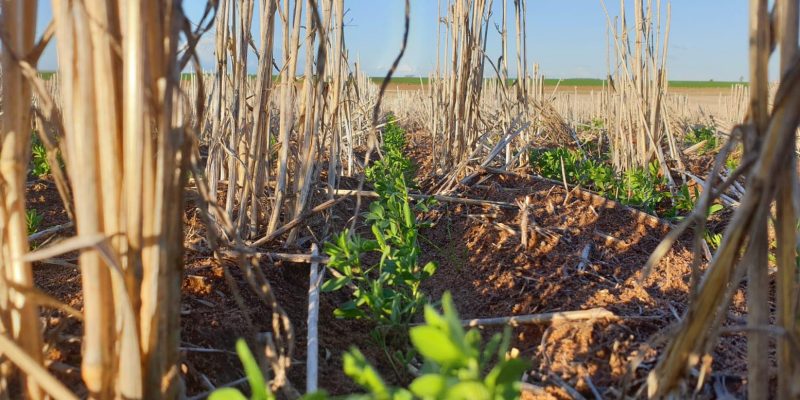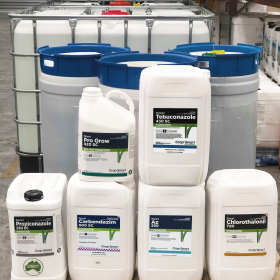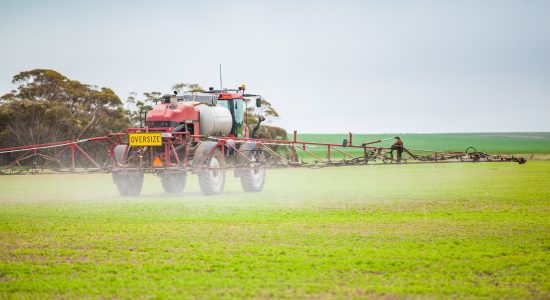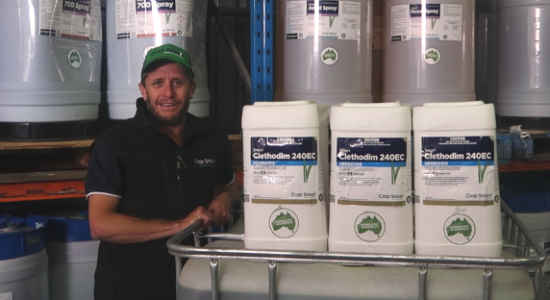
Ascochyta Blight breakdown in Hurricane Lentils
After the successful release of the herbicide-tolerant Hurricane XT lentils in 2014, the area planted to them has increased to be one of the major lentil varieties grown. Tight cropping rotations, especially on the Yorke Peninsula, has lead to the breakdown of the Asocohyta Blight resistance. Vigilant management will be required throughout the coming seasons to reduce disease pressure and to ensure good seed quality.
Ascochyta Blight is one of the major diseases of lentils,
causing loss of yield and poor grain quality. The disease is caused by the fungus Ascochyta lentis and is favoured by prolonged wet and cool conditions. It is most damaging if rain occurs during podding, as this can result in pod infection, pod abortion and diminished seed quality due to staining.
Lentil crops can either be infected from disease carryover in the seed, or from infected stubble and volunteer lentils. The spores from infected stubble can blow up to 50 meters into the new crop. Ascochyta can occur at any growth stage, but moisture is essential for the spread (rain splash). Heavy rainfall during podding is ideal for seed infection.
Initial infection occurs before flowering and appears as small, irregular, tan-coloured spots on the leaves, stems and pods. The centre of the spots often fade to a light tan colour and black dots of fungal fruiting bodies appear in the middle. Young leaf spots are often surrounded by a light yellow halo.
Controlling the disease
before this point in the season could be from varietal selection, planting non-infected seed, seed dressings, crop rotation and the addition of a fungicide with the grass spray. Managing the disease from here is all about fungicides and timing. Critical timings are: before the canopy closes, to get fungicide into the canopy, flowering, and especially when the plants are podding. As the disease is spread by rain splash, it is very important to put fungicide out before rain events, and also not to waste your money if we are in a dry pattern with no sign of rain! There are several preventive fungicide options to consider for protection such as Chlorothalonil (needs to be applied before or at canopy closure) and Pro Grow amongst others.
The Smart Agro








